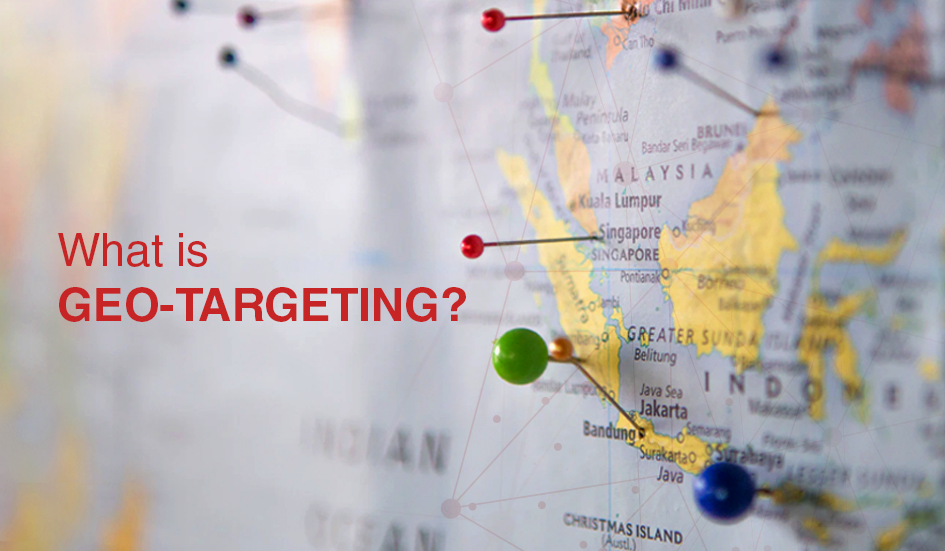What is geo-targeting
Location-based technology – namely location data, geo-targeting and geofilters – is opening up a world of possibilities for marketers. Yet it is also complicated as new capabilities and use cases seem to emerge every day. With the goal of breaking down some of the most important “geo” concepts to provide a better understanding of the basics and a jumping off point for exploring how far the power of location may take us.
What does geo-targeting mean?
Geo-targeting is the practice of delivering content to users based on their geographic locations. This can be done on the city via IP address or device ID or even through GPS signals and geo-fencing.
Marketers geotarget users on their mobile devices, making it easier to deliver relevant and engaging ad content. The idea is that the more relevant an ad or offer is, the more likely it is to drive sales up sharply for businesses.
How does geo-targeting apply?
The central idea behind geo-targeting is that understanding consumer real-time. Location helps marketers achieve an ultimate goal of delivering the right message to precisely the right people at exactly the right time.
Geo-targeting doesn’t have to be solely based on a consumer’s real-time location. Locations or businesses a customer has visited recently can maker marketers accurately predict their interests and intent and therefore adding targeting based on their location can be essential to delivering a captivating message.
For NDN Group, we have worked with McCafé – owned by Mcdonald’s – that piloted coffee delivery service in Hong Kong, exclusively available on the McCafé App. We have helped McCafé to launch a large-scale advertising campaign on social media with geo-targeting, an advertising effort combining online and offline technology based on geographic location.
We have activated seamless touch points in specific areas in Hong Kong to identify target audience in three core business districts – Central, Causeway Bay, and Quarry Bay. Seamless touch points were placed at all the McCafé branches in the above locations, plus some of the nearby commercial buildings and competitor stores, gaining more data on insightful analysis over competitors and mapping out ads campaigns. Whenever someone carrying a mobile device passes by one of the touchpoints, anonymized data of that device will be captured instantly. We’ve captured over 500,000 device ID. Then we pushed McCafé offer “Buy 4 coffee, get 2 free” via Facebook to target audience. We have also conducted A/B testing to maximize ROI and to refine our creative designs and improve user experience.
Meanwhile, we have worked with fast food franchise Subway on the promotion of Everyday Value, a combo launched to compete with fellow fast food chain’s meal set deals. With some 20 stores in Hong Kong, Subway was set for an effective online campaign that reached out to the right customers in the right place with the help of geo-targeting.
We have activated seamless touch points at 18 of Subway stores and some of its nearby competitor brick and mortar stores, collecting anonymised data from the mobile phones of visitors every day. This system effectively identifies potential customers and classifies them into different segments, allowing us to re-target ads on Google Display Network, Facebook, Line and Weibo accordingly.
Why geo-targeting is the key to greater ROI
Geo-targeting is key to greater ROI as it offers a personalized customer experience, delivering ads, offers and shopping information to an overwhelming number of high-potential customers. The technology monetizes online social networks and offline location data to drive brand engagement and actual sales at the same time.
Throughout geo-targeting, businesses lure consumers in a highly targeted area rather than wasting money on people outside region. Consumers generally want ads customized to their specific location.
When consumers want to know more about a business, they expect to find them on the major social networks – Facebook, Instagram, Twitter. This boosts credibility and trust. Make choosing you easier by being visible and attainable.
With a location-based marketing platform, businesses have the power to build these custom audiences to achieve their goal to deliver the right message to precisely the right people at exactly the right time. A great geo-targeting campaign requires excellent creative and messaging. Without a relevant and engaging message, audience targeting may produce less impactful results.
